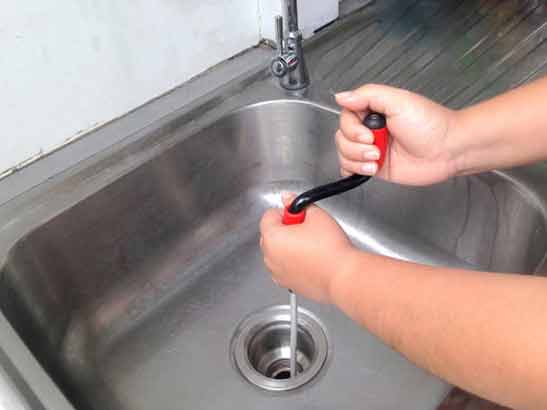
Drain clogs are a common issue that homeowners face, and it seems to be even more prevalent in older homes. There are several reasons why drain clogs are more common in older homes, ranging from outdated plumbing systems to structural deterioration over time. In this article, we will explore the various factors contributing to drain clogs in older homes and provide insights into how homeowners can deal with this issue effectively.
1. Outdated Plumbing Systems
One of the primary reasons why drain clogs occur more frequently in older homes is due to outdated plumbing systems. Plumbing technologies and materials have evolved significantly over the decades, and older homes often have plumbing systems that are no longer up to modern standards. These outdated systems are more prone to issues such as corrosion, leaks, and blockages.
Additionally, older homes may have pipes made of materials like cast iron or galvanized steel, which can corrode and accumulate debris over time. These materials are more susceptible to clogs compared to modern PVC or copper pipes commonly used in newer constructions.
2. Accumulation of Sediment and Debris
Over time, sediment, debris, and other foreign objects can accumulate in the pipes of older homes, leading to drain clogs. Unlike newer homes with modern drain designs, older homes often have narrower pipes and less efficient drainage systems. This narrowness makes it easier for materials like hair, soap scum, grease, and even small objects to become trapped and accumulate, eventually causing clogs.
Furthermore, the accumulation of minerals and limescale within the pipes can contribute to clogs. Older homes may have harder water with higher mineral content, which can cause minerals to build up inside the pipes, restricting the flow of water and leading to blockages.
3. Structural Deterioration
Another factor that contributes to drain clogs in older homes is structural deterioration. As homes age, various structural issues can arise, including settling or shifting of the foundation. These structural changes can cause pipes to shift, crack, or break, leading to clogs.
Furthermore, tree roots can infiltrate underground pipes, particularly in older homes with aging sewer lines. Over time, these roots can grow and wreak havoc on the pipes, causing blockages and requiring extensive repairs.
4. Lack of Maintenance
Older homes often suffer from a lack of proper maintenance over the years. Neglected plumbing systems are more susceptible to clogs due to the accumulation of debris and sediment. Homeowners who have purchased older properties should understand the importance of regular maintenance to prevent drain clogs and other plumbing issues.
Regular drain cleaning, inspections, and timely repairs can help keep the plumbing system in optimal condition. Professional plumbers can use modern tools like drain snakes or hydro-jetting to clear clogs and perform preventative maintenance to minimize the occurrence of future blockages.
5. Inadequate Ventilation
Proper ventilation is essential for efficient drainage in plumbing systems. Older homes may not have adequate ventilation systems or may have outdated ones that do not meet modern building codes. Without proper ventilation, the drainage can become sluggish, increasing the likelihood of clogs.
Additionally, inadequate ventilation can lead to the buildup of foul odors in the drain pipes, creating an unpleasant living environment. Homeowners should consider contacting a nearby plumber to assess and update the ventilation system if necessary.
6. Solutions for Dealing with Drain Clogs
If you reside in an older home with a higher susceptibility to drain clogs, there are several proactive measures you can take to address and prevent this common issue:
- Regular maintenance: Schedule regular drain cleaning and plumbing inspections to identify and address any potential clogs before they escalate.
- Avoid improper disposal: Dispose of items like grease, oil, feminine hygiene products, and non-flushable items in the trash instead of flushing them down the drain.
- Use drain guards: Install drain guards or hair catchers in sink and shower drains to prevent hair and other debris from entering the pipes.
- Minimize mineral buildup: Consider installing water softeners or using descaling agents to reduce mineral buildup in the pipes.
- Upgrade plumbing: If feasible, consider upgrading the plumbing system in your older home to modern materials like PVC or copper pipes that are less prone to clogs and corrosion.
Wrapping it Up
Drain clogs are indeed more common in older homes, primarily due to outdated plumbing systems, accumulation of sediment and debris, structural deterioration, lack of maintenance, and inadequate ventilation. However, with proper awareness, regular maintenance, and proactive measures, homeowners can effectively manage and prevent drain clogs, ensuring the plumbing system functions optimally for years to come.

